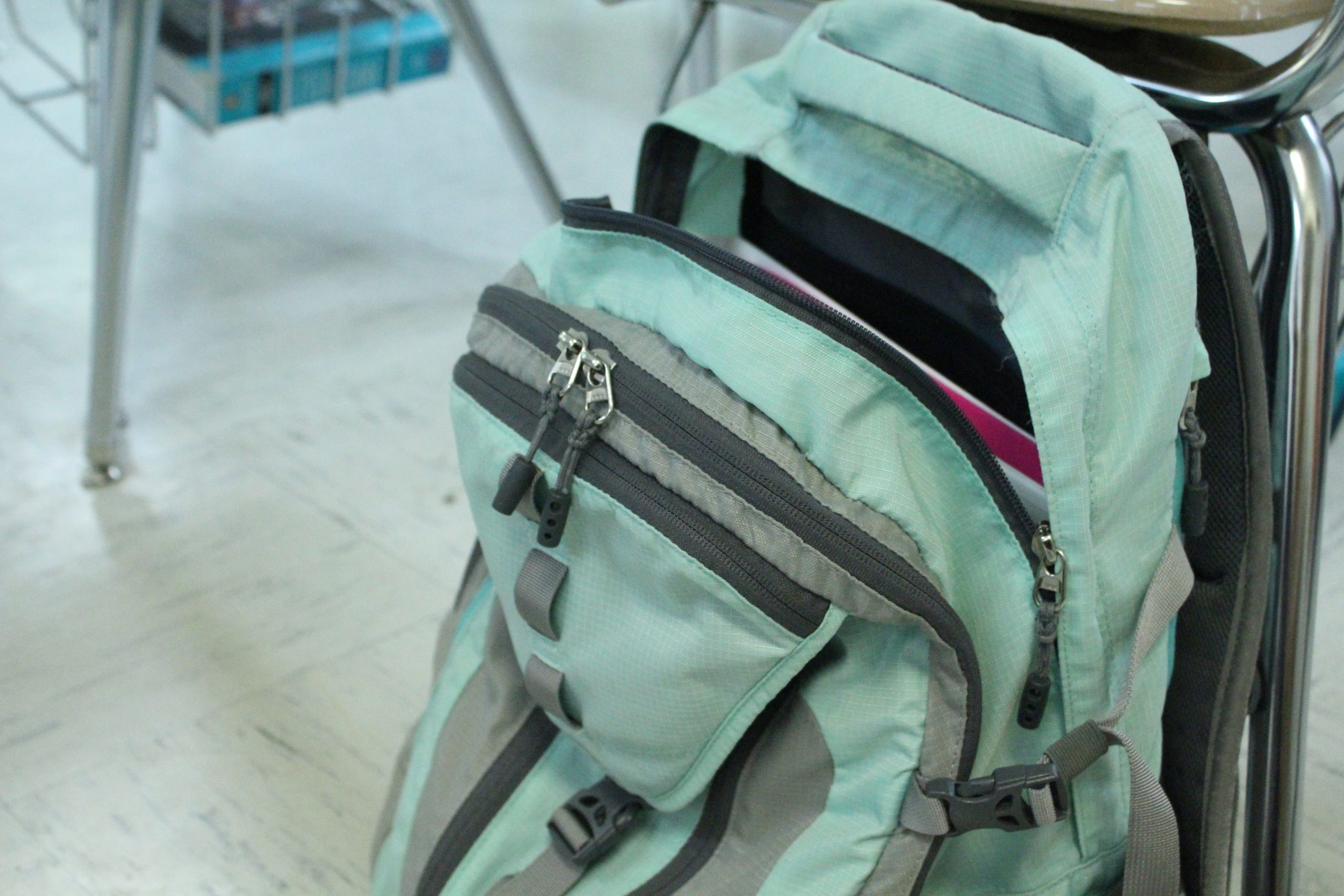Backpacks are one of the most practical ways for children, teenagers (and even adults) to lug around all of their daily items. For school, backpacks are the best way to transport books, binders, pencil boxes and lunches. However, if worn incorrectly or filled with too much weight, backpacks can be a significant cause of back pain and muscle strain. But don’t give them a failing grade just yet. Understand the risks faced by improper backpack use and what other dangers you may have heard that are pure fiction, plus learn some tips on what you can use to ensure the backpack is appropriately worn.
Fact:
According to Harvard Health Publishing, when a backpack that’s too heavy is incorrectly worn on the shoulders, the force can actually pull the body backward – forcing an unnatural and uncomfortable spinal position. To maintain a comfortable standing or walking position, the individual might arch the back or bend forward at the hips in an effort to compensate, which can cause the spine to compress. Due to this abnormal compression, the ligaments and muscles surrounding the spine are stretched and overworked while trying to compensate, leading to shoulder, neck and back strain and pain.
Many kids (and adults) wear their backpacks over just one shoulder because it can be considered both trendier and easier when in a hurry. But the extreme caution in wearing a backpack this way is that, over time, the carrier can end up leaning to one side to accommodate the lopsided weight, not only causing pain but also creating balance concerns that could lead to a fall.
The unnatural compression of the spine from leaning backward and to the sides while wearing a too-heavy backpack can also hurt posture. When the muscles surrounding the spine get used to being treated this way, they tend to more easily “remember” this position, creating a habitually lousy posture. This can become a vicious cycle, as walking around with incorrect posture can cause even more back pain, plus further prevent the weight of the backpack from being distributed evenly. Maintaining a healthy posture is one of the best things anyone can do for their spine, so pay close attention to how you’re standing and the position of your shoulders with and without a backpack on them.
In addition to back pain and muscle strain, backpack straps can have an effect on your circulation and nerves. Backpacks with very tight, narrow straps that aren’t adequately padded can dig into the shoulders, putting pressure on nerves and interfering with circulation. When nerves are compressed in this manner, it’s common to feel tingling, numbness and weakness in the shoulders and even down into the arms and hands.
Fiction:
Although the improper wearing of a backpack linked to posture problems, heavy backpacks do not cause scoliosis. Idiopathic scoliosis is a spinal abnormality of unknown cause that makes the spine curve sideways instead of forward and backward. Most idiopathic scoliosis cases are noticed and diagnosed in early adolescence, about the same time as kids begin to carry the heavier loads of books for school. The timing of this is merely a coincidence, as current research shows no proof that a heavy backpack can make structural changes to a growing child’s spine. Backpacks “compressing the spine” and causing scoliosis is a widespread belief among some, but rest assured that this is merely a myth.
Prevention:
When choosing a backpack, make sure you look for one that’s an appropriate size for the wearer (never longer or wider than the torso), with two wide and padded straps, a padded back and a waist strap if possible. The addition of a waist strap helps more evenly distribute the weight around the center of the body. Finding a backpack with many different compartments is a great idea too so the load can be distributed in the bag first. Remember that a fully-loaded pack should not weigh more than 5 to 10 percent of the wearer’s weight, especially for children.
To do your best in preventing an injury when wearing a backpack, always wear one that is of appropriate size and weight, wear both shoulder straps, tighten the straps to keep the backpack closer to the back and have more control, and load the backpack with the heavier items on the bottom and in the center. If you find yourself experiencing any pain, numbness or tingling, talk to your parents about visiting a physician so the problem can be addressed immediately. Despite their potential problems, when used correctly, backpacks remain a helpful, convenient and pain-free accessory.


